How do you choose from so many decking options out there? Decks are one thing, but putting new decking on your dock adds even more factors for the prepared consumer to weigh.
The most important game changer is the added presence of water, and not just rain. Water from above and water from below! Any dock will be a slip hazard, but not all decking options are created equal when it comes to grip and water retention. Below are the most common decking options and the pros and cons for each when adding them on your pier.
Treated Lumber:
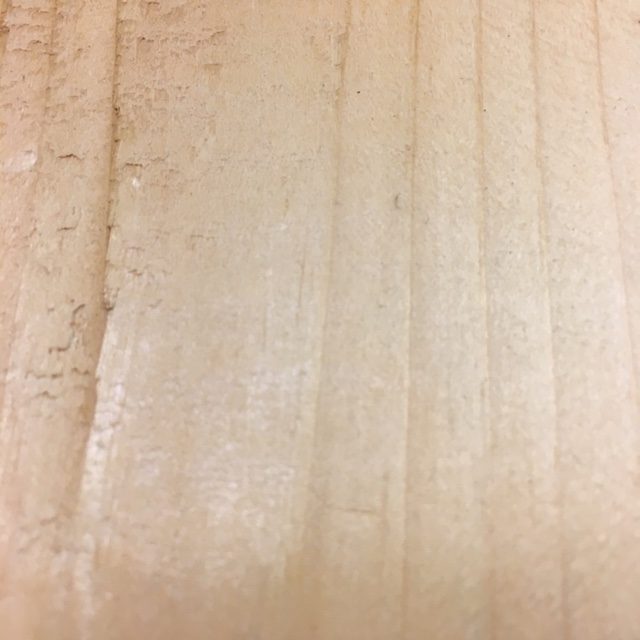
Treated lumber dock surfaces are built to last. The lumber is chemically treated to delay the rotting process of wood. Often treated lumber is green, and there are tints available by some manufacturers. Treated lumber is notoriously heavy, making it a nightmare for removable docks. If your dock is stationary and does not need to be winterized, you could save a lot of money surfacing your dock with treated lumber. Make sure to do your research about the hardware and the framing material you use as sometimes treated lumber can react with metals.
Biggest PRO: Long Life
Biggest CON: Heavy
Cedar:
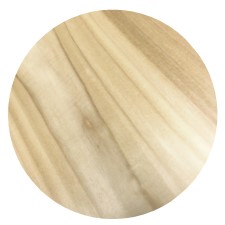
Cedar is a softwood, comparable to pine in hardness. It is the number one choice for outdoor fences, saunas, and furniture. Cedar for decking is a very traditional choice, and for docks it is a nice option. Unfinished cedar is ready for stain, and sealant to match the color of your liking. It is naturally aromatic, rot and insect resistant making for a very appealing look that lasts. Western red cedar is the strongest and most optimal type of cedar decking for docks. If cedar you maintain with regular sealing and staining, it will retain its shape and color, but if left to the elements it can turn gray and begin to crack. Though not considered no-maintenance, cedar is affordable and traditional for any decking or dock surface.
Biggest PRO: Naturally rot and insect resistant
Biggest CON: Fades and cracks with time
Hardwood:
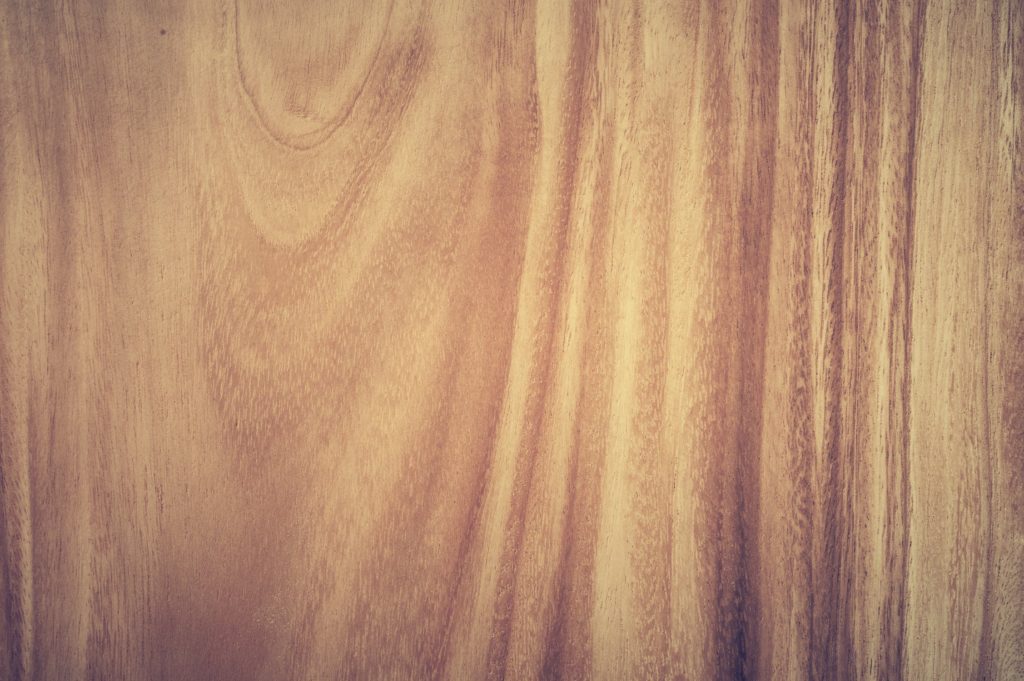
Classification of hardwood is somewhat complex, but generally hard woods are …well… hard. They are more durable and dense than softwoods. Oak, maple, and walnut are hardwoods, whereas pine, cedar, and spruce are softwoods. Hardwoods are generally more durable, but also more expensive and harder to work with. It’s important for any flooring surface to be scratch resistant, so hardwoods make for a good surface, but generally they are not used for docks due to the weight and cost.
Biggest PRO: Scratch resistant
Biggest CON: Expensive
Polypropylene:
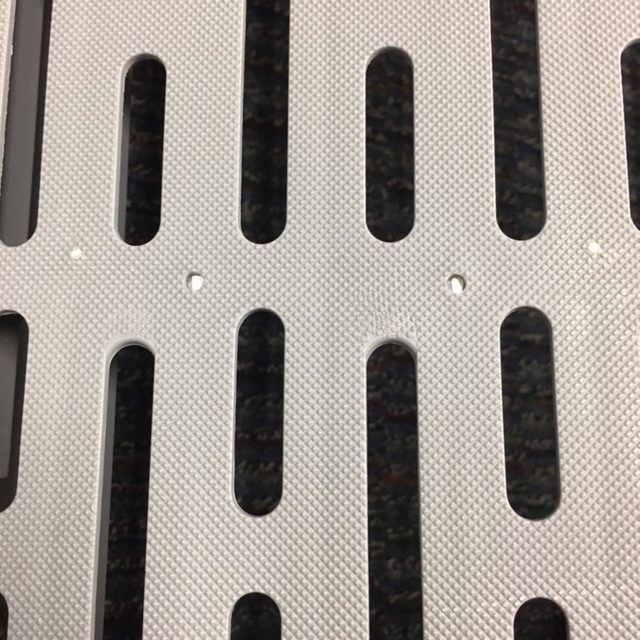
A plastic or polymer decking that typically forms from a mold to include traction studs and holes for water to drip through. Plastic decking can sometimes offer different color options but is always cool to the touch. Poly decking lasts longer than untreated wood surfaces and therefore makes a great decking option, especially in hot climates, making it a great choice for a dock surface. Always ask your dock manufacturer if their polymer decking includes a UV additive to protect it against UV breakdown. All plastic decking has the unfortunate shortcoming with UV breakdown and can crack after a number of years. UV additives are essential to protecting this material.
Biggest PRO: Grip protection
Biggest CON: UV exposure decomposure
Composite:

Composite decking is a mixture of wood fibers and polymer. This decking option is usually very visually pleasing and offers many textures, colors, and finishes. We have come a long way in the quality of composite decking over the years, but composite decking is notorious for fading and warping. While composite decking might be a winner for decking, composite for docks is not optimal unless absolutely necessary. Composite decking can retain moisture, and since it is over the water, you could find your dock to be extremely heavy to move.
Biggest PRO: Color options
Biggest CON: Warps
Aluminum:
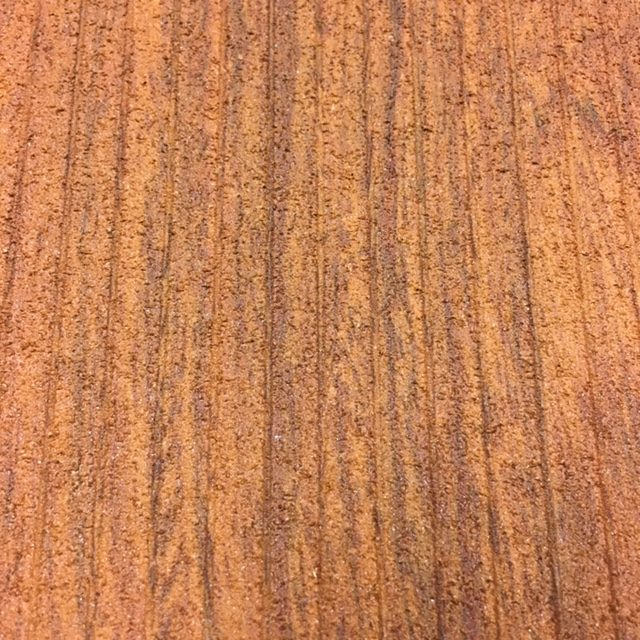
The new standard in boat dock decking is aluminum decking. Aluminum is a lightweight metal that is also hard. When it comes to decking applications, aluminum is a rare building material, but the industry is moving toward aluminum for aluminum piers for the many advantages it offers. Aluminum is either anodized (corrosion-resistant and not as slippery) and powder coated. The best aluminum decking surfaces look like real wood, and will really fool you! Aluminum will not crack, fade, decompose, warp, or weigh your dock down. Some aluminum dock decking can be very hot if the shape does not allow for air-cooling or if the climate is scorching. Extruded aluminum decking boards and light colors will measure the same temperatures as 1″ thick wooden boards. Aluminum will never need replacement unless it is damaged, but it is a truly maintenance-free docking surface.
Biggest PRO: Long life
Biggest CON: Can be hot
Bottom Line: Light-colored Powder-Coated Aluminum is the best decking surface for docks.
All in all the JACK DOCKS decking of choice goes to three of the above for the price point, the slip resistance, and the longevity. Aluminum is truly a no-maintenance decking and will likely never need replacements, with only exceptions being tornadoes, drunk boaters, and falling trees! The Western Red Cedar is #1 for the price point and natural compliment for marine life. It is traditional looking, cost-effective, and stainable and sealable to compensate for the tenancy to weather. The Studded Poly decking is #1 for the slip protection, which is of paramount importance on a dock, and is reliable with elderly, bite-size, and furry loved ones. This decking usually allows water to drip through and has studs for protection from every angle. The longevity top dog is the Powder Coated Aluminum decking.

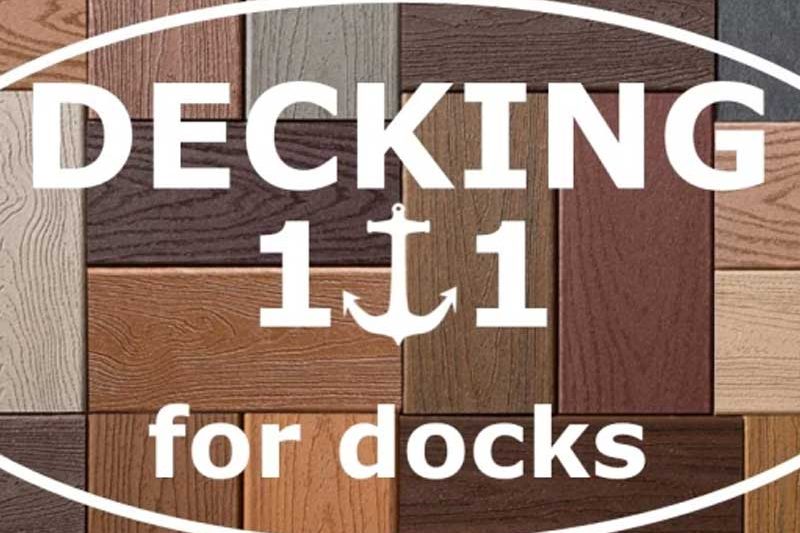
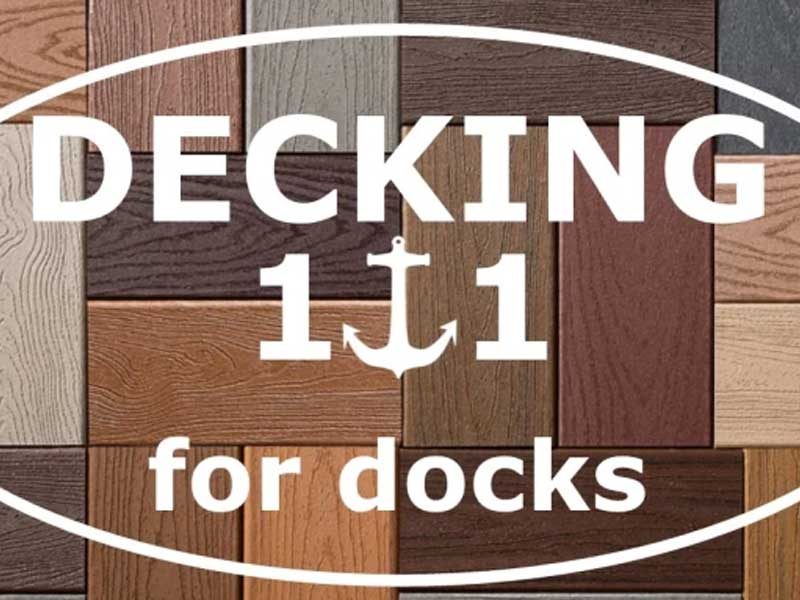
 AWESOME Dock Add-ons
AWESOME Dock Add-ons